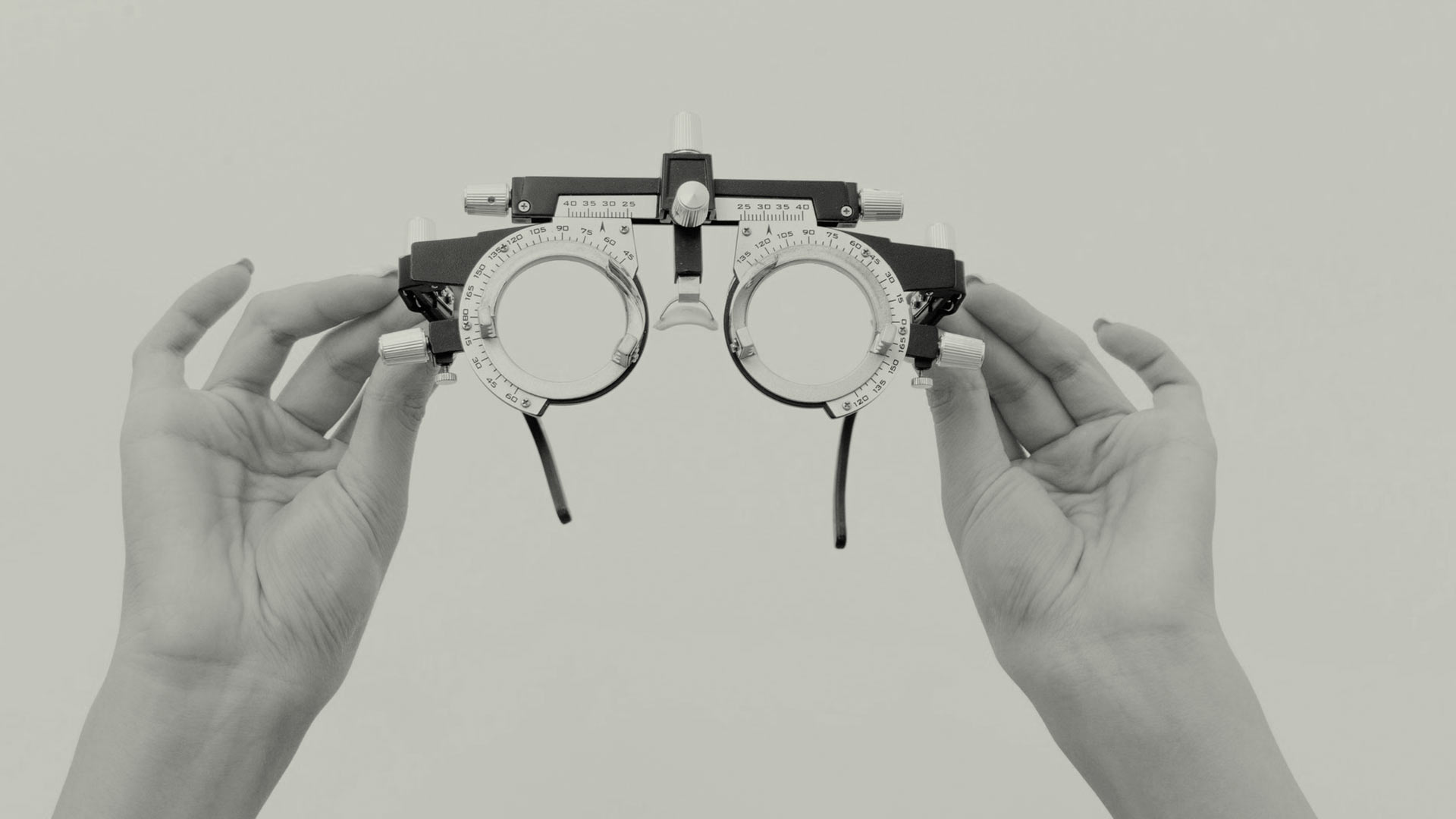|
Getting your Trinity Audio player ready...
|
Have you ever wondered why some brands like Nike and Apple stand out in your mind more than others? There’s been a lot written about consumer behaviour and how people make decisions. But one of the factors that influence people is their connection to a brand archetype.
A brand archetype is the most essential part of your brand. Without brand archetypes, your brand experience is weak and your brand story will fail to resonate with your target audience.
In this article, we will discuss the 12 brand archetypes and their characteristics. We will also look at examples of how big brands use archetypes to create deep, lasting connections with their target audience.
What are Brand Archetypes?
Archetypes are present in stories, movies, and fairy tales, where they act as symbols that resonate with our subconscious. They unite us through shared cultural experiences and help us make sense of an uncertain world.
In branding terms, archetypes offer an alternative to rational thinking when it comes to defining the character of your brand. Instead of relying on what you think you know about your customers and their needs, it tells you to look at the way people already behave.
Brand Archetype Definition
A brand archetype is a symbolic representation of a brand’s personality and characteristics, derived from universal human behaviours and traits, to create a deeper emotional connection with its audience.
A Brief History of Archetypes
The ancient Greek philosopher Plato first introduced the concept of archetypes in 360 B.C. He described them as “ideal” forms of a person, place, or thing. Our modern-day
understanding of archetypes is defined by psychologist Carl Jung, in his book “Psychological Types”, published in 1921.
Jung discovered that humans associate ideas with recurring symbols, imagery, and characters whose traits mirrored the human psyche.
He believed that 12 universal, mythic characters reflect different aspects of human nature. He called them the 12 primary personality types and they’re commonly referred to as “archetypes.”
The 12 Brand Archetypes
Archetypes are the basic building blocks for understanding human motivation. They’re universal, unconscious patterns that shape the way we think and behave.
1. The Creator
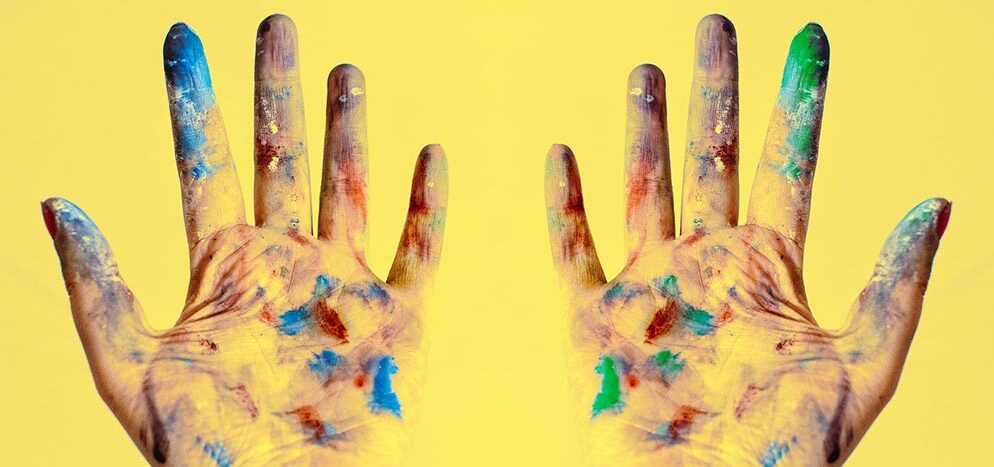
The Creator personality is a visionary often on a mission to create an enduring product or service. Creator archetypes are trailblazers who usually push the boundaries of creativity, design, and industry.
They introduce new concepts and products in the market. They empower others to think outside the box, develop new ideas, and creatively express themselves.
Desire: To create things of enduring value
Goal: To bring ideas to life
Strategy: Use creativity to solve problems
Brand Message: Think different, do different
Traits: Creative, Innovation, Visionary, Originality, Expression, individualistic
Fears: Stagnation, Poor execution, Average, Replication, Familiarity, Disillusion
Brands: Apple, Tesla, Lego, Adobe, GoPro
2. The Sage
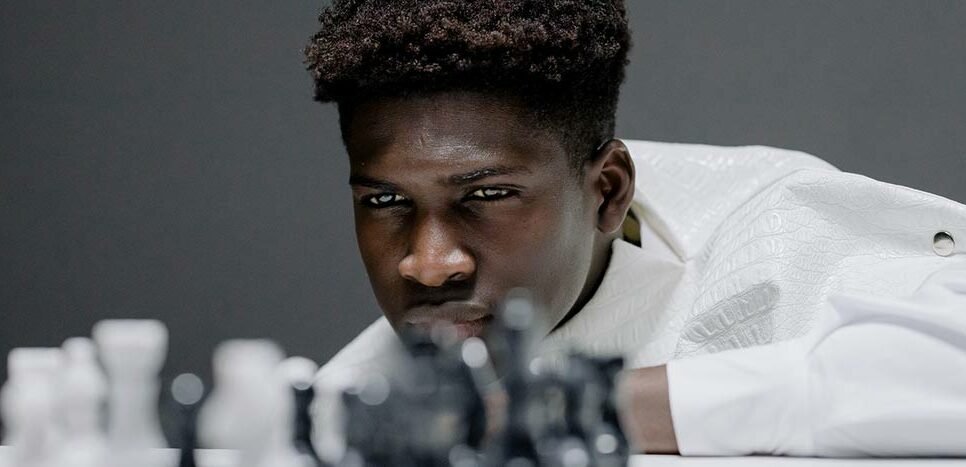
The Sage archetype is a seeker of knowledge and wisdom and believes that truth will set you free. They are often life-long thought leaders, diligent researchers who seek out valuable information and share it.
They make excellent mentors and people regularly seek their counsel and advice. They inspire change by empowering other people to be the change.
Desire: Find the Truth
Goal: To use intelligence and analysis to understand the world
Strategy: Seek information and knowledge; understand the thought process
Brand Message: The truth will set you free
Traits: Expertise, Thinker, Philosopher, research, academic, Wisdom, Intelligence, Informed, Influence, Scholar, Mentor
Fears: Being Misled, Lies, Misinformation, Ignorance, Inaccuracy, Stupidity
Brands: TED, Google, Harvard, Discovery, Channel, The Economist
3. The Caregiver

Caregivers have a selfless personality; they are driven by compassion and the desire to help others succeed. They want to nurture and secure others.
They will protect those who are in need until they are strong enough to fend themselves. Caregivers are often maternity figures found in the fields of nursing, teaching, and charity.
Desire: Care, nurture and protect
Goal: To Protect and Help Others
Strategy: Do things for others
Brand Message: Love your neighbor as you love yourself
Traits: Compassion, Generous, Selfless, Caring, Helper, Nurturing, Warm
Fears: Helplessness, Selfishness, Ingratitude, Neglect
Brands: Unicef, Johnson & Johnson, NHS, Pampers, Volvo
4. The Innocent

The Innocent archetype wants to live in a world or state of being that is pure, happy, and carefree. They are all about purity, simplicity, and enjoy spreading joy where they can. These brands rely on honesty and good virtues rather than innovation.
Desire: Love, peace, and happiness for everyone
Goal: To be happy
Strategy: Do the right thing
Brand Message: The glass is half full
Traits: Optimistic, Dreamer, Saint, Hopeful, Faith, Charming, Honest, Loyal, Simplistic
Fears: Depravity, Deceit, Punishment, Confusion
Brands: Nintendo Wii, McDonald’s, Coca-Cola, Volkswagen
5. The Jester
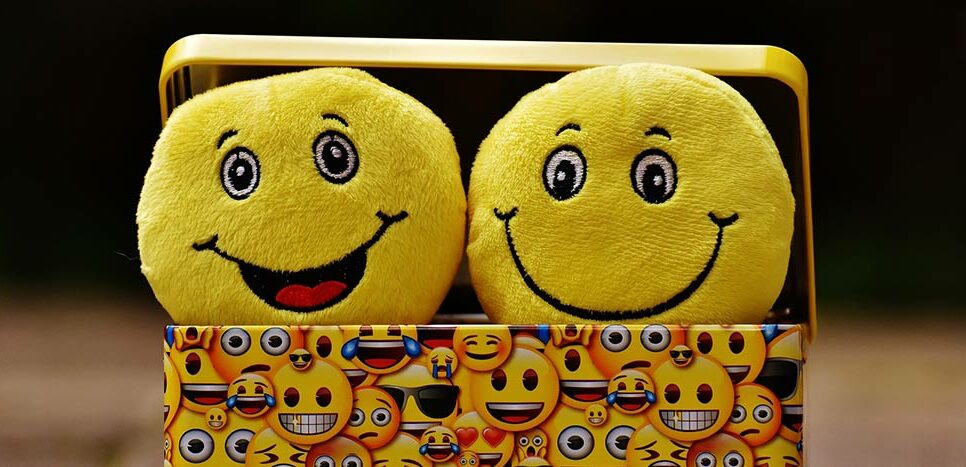
The Jester is all about having fun, making people laugh, and a light-heartedness to all that they do. Jester brands are optimists and see good in every situation.
Desire: To live in the moment, enjoy life, and have fun
Goal: To Entertain
Strategy: Be playful, share jokes, and have fun
Brand Message: Laughter is the world’s best medicine
Traits: Playful, Humorous, Positivity, Togetherness, Funny
Fears: Boredom or boring others, Negativity, Seriousness, Gloom, Misery
Brands: GEICO, Paddy Power, Nandos, Budweiser, Babylonbee, Old Spice
6. The Magician
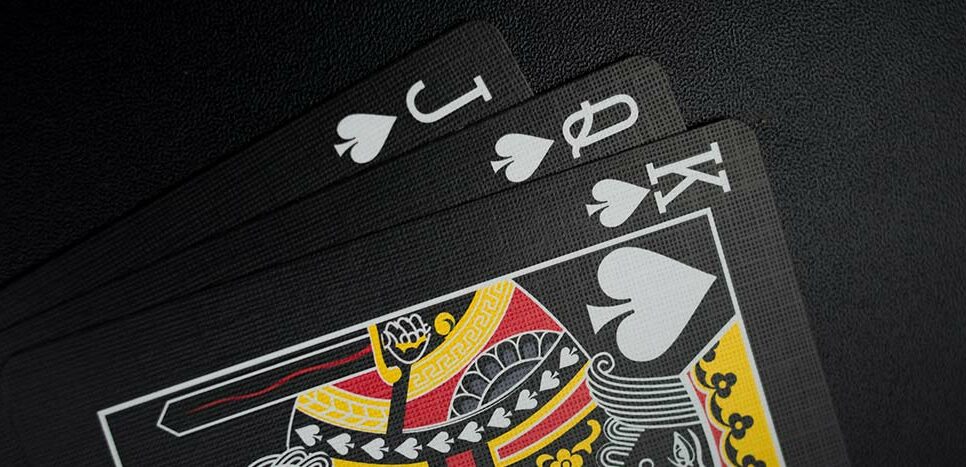
The Magician brand archetype is a visionary who makes dreams come true.
They lead their followers on a mystical journey and give them magical and memorable moments. Magicians are knowledgeable, they have access to secret information, but prefer to use it to realize their vision rather than share it directly with the world.
Desire: To have power and understand the fundamental laws of the universe
Goal: to make dreams a reality
Strategy: Develop a unique vision and live by it
Brand Message: Make the impossible, possible
Traits: Visionary, Shaman, Transformational, Charisma, Imaginative, Idealistic, Insightful
Fears: Repetition, negative consequences, Boring, Stagnation, Ignorance
Brands: Disney, Dyson, TUI, Sony, Polaroid, MAC Cosmetics
7. The Ruler
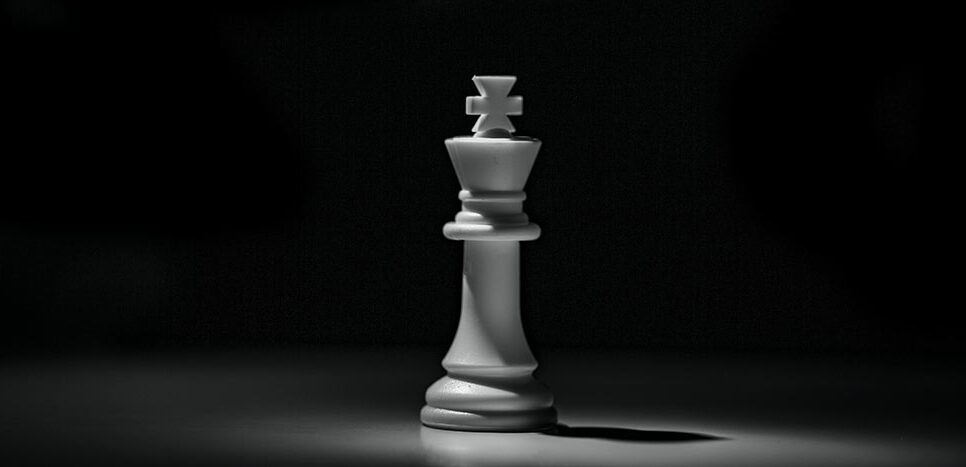
The Ruler is a dominant personality who embodies power and control. This archetype loves playing by the rules, especially when he can set them and expect others to follow suit. Rulers are also trustworthy and believe in creating stable, respected brands.
This archetype is confident and commanding, proud of his expertise, and possesses strong leadership skills. Rulers see themselves as the leading force, as a chief within the tribe, and will aggressively defend their position.
Desire: Control
Goal: Create a prosperous, successful family or community
Strategy: Lead, exercise power and create exclusivity
Brand Message: Power isn’t everything, it’s the only thing.
Traits: Leadership, Power, Status, Success, Wealth, Loyalty
Fears: Being overthrown, Losing power, being undermined, rule breakers, rebels
Brands: Mercedes Benz, Microsoft, Rolls Royce, Rolex, Hugo Boss, British Airways
8. The Hero
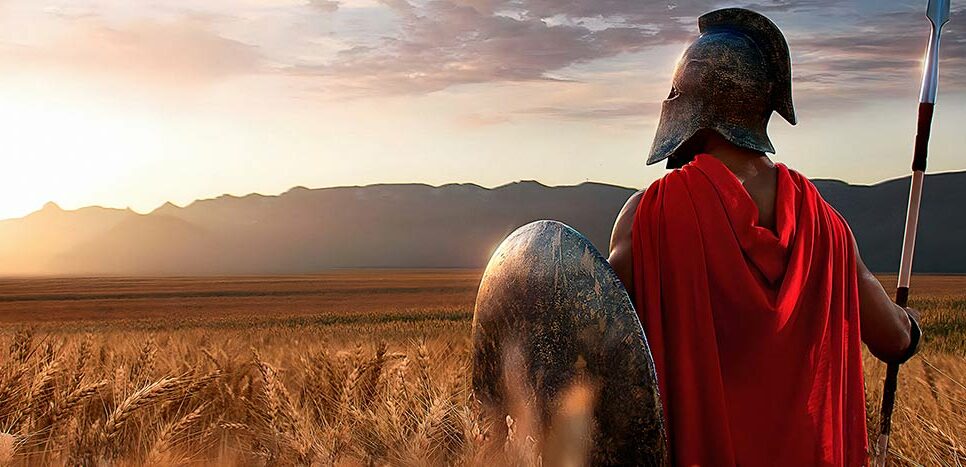
The Hero archetype rises to the challenge and has a strong sense of right and wrong. The archetype is society’s protector and inspires self-transformation. The Hero turns a brand into a story of triumph over injustices and problems.
They see their work as important and empowering. They are proud that their works sets them apart and has of a positive effect on the world.
Desire: Mastery
Goal: To improve the world through courage
Strategy: Motivate and encourage
Brand Message: Where there’s a will, there’s a way.
Traits: Bravery, Warrior, Courage, Honor, Inspiration, Growth
Fears: Weakness, Arrogance, Incapability, Injustice, Cowardice, Incompetence
Brands: Nike, BMW, Under Armour, DHL, Adidas, The Royal Marines
9. The Everyman
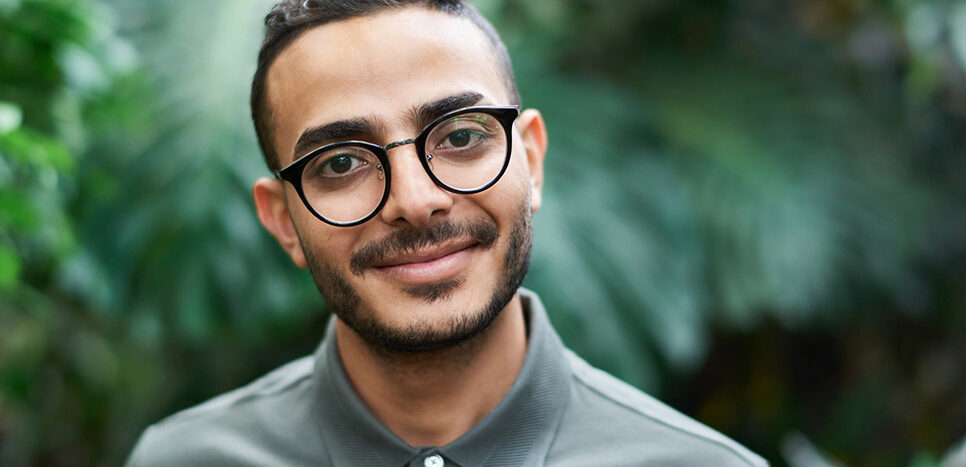
Everyman brands believe that everyone matters, they are unpretentious, relatable, and approachable. They are driven by a sense of belonging and strive to build deep connections with people.
They hate being provocative or controversial and prefer an inclusive community. They are often quite generalized and long to be liked by all. Although they are often liked, it means sometimes they can be easily forgotten.
Desire: A connection with others
Goal: Belonging
Strategy: Develop ordinary solid virtues, be down-to-earth and be trustworthy
Brand Message: All men and women are created equal
Traits: Dependable, Empathy, Realistic, Neighborly, Pragmatic, Inclusive, Equality
Fears: Exclusion, Standing out, Conflict, Isolation, Separation
Brands: Amazon, Walmart, Lynx, Toyota, Ikea, AAA, Habitat for Humanity
10. The Rebel
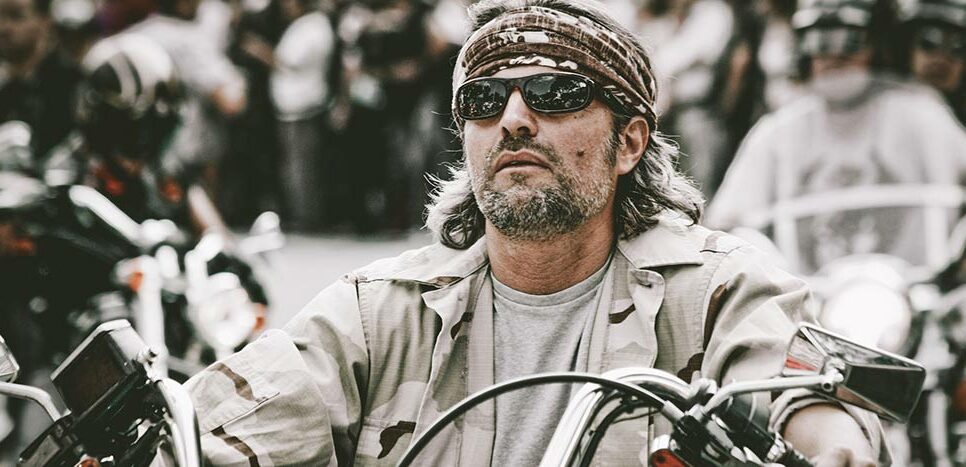
The Rebel, also known as the Outlaw, seeks to disrupt, rip up the rule book of their industry and challenge the status quo. The Rebel archetype is a consummate provocateur, a free thinker, and harbinger of social change.
Of all the archetypes, The Rebel commands the strongest brand loyalty. This is because his countercultural message resonates beyond the product and into their customers’ lifestyles and philosophies.
The Rebel is happy to take risks to create something different, rare, and inspiring. They see themselves as free thinkers and are not appealing to all.
Desire: Revolution
Goal: To break the rules and liberation
Strategy: Disrupt and do things differently
Brand Message: Rules are made to be broken
Traits: Disruptive, Revolutionary, Confrontational, Liberator, Independent, Rebel
Fears: Conformity, Rules, to be powerless, Repetition, Rigidity, Status Quo
Brands: Red Bull, Harley-Davidson, Virgin, Uber, Diesel, Levi Strauss & Co, Greenpeace
11. Explorer
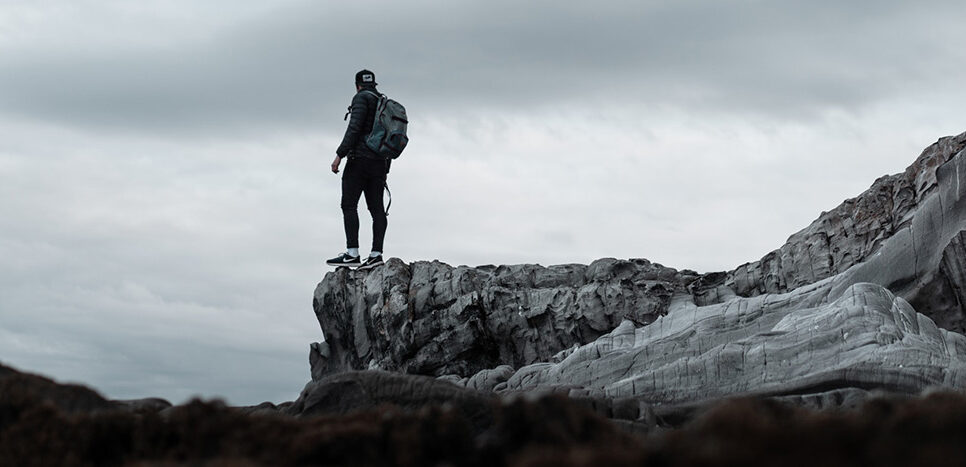
The explorer archetype is all about losing oneself in the pursuit of growth, discovery, and freedom. Brands with the Explorer archetype are forever pushing boundaries, they are innovative and ambitious.
They are similar to Rebels but instead of pursuing disruption, they tend towards exploration. Explorers hate familiarity and are on a continuous journey of discovery.
They are guided by a trailblazing philosophy than by the industry in which they work and do not fear an adventure into uncharted territory.
Desire: Freedom of discovery
Goal: Discovery and excitement, living a fulfilling life
Strategy: Take your own path and experience new things
Brand Message: Seek out new things and set yourself free
Traits: Discovery, Adventure, Independence, Exploration, Pioneering, Ambition
Fears: Inner emptiness, Conformity, Safety, Confinement
Brands: NASA, SpaceX, Jeep, The North Face, Subaru, National Geographic, The Body Shop
12. The Lover
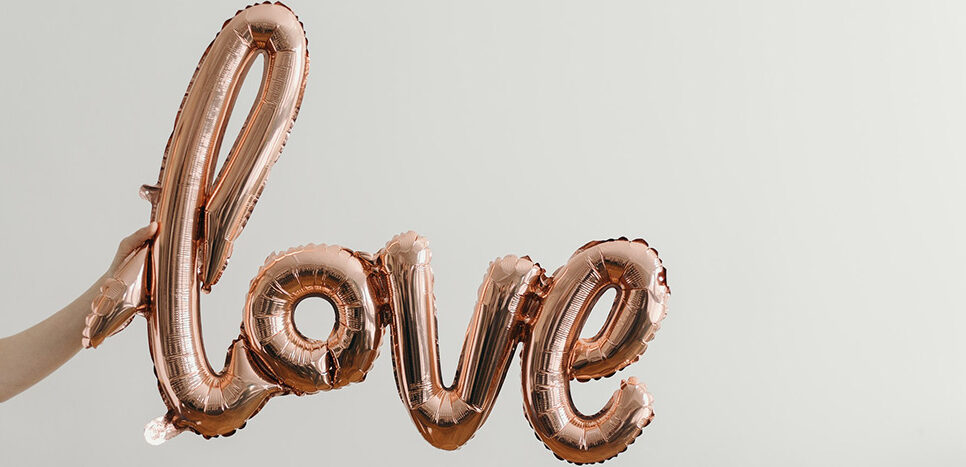
The Lover archetype is full of passion, intimacy and is motivated by desire. Brands are often sensual and empathetic, they tend to foster blissful experiences. They aim to win your heart, mind and engage in the art of seduction to become more emotionally and physically appealing to their audience.
However, it’s not always about romance; they can also be spiritual, companionable, and family orientated. For Lover brand archetypes, the primary objective is to improve connections with the people and things that matter.
Desire: Connection
Goal: Intimacy and experience
Strategy: to become more and more physically and emotionally attractive
Brand Message: Love makes the world go round
Traits: Passionate, Gratitude, Committed, Romantic, Affectionate, Indulgent
Fears: Rejection, Isolation, Loneliness, Unloved, Invisible
Brands: Victoria’s Secret, Tiffany & Co, Häagen-Dazs, Alfa Romeo, Chanel
Why are Brand Archetypes Important?
Archetypes are present in stories, movies, and fairy tales, where they act as symbols that resonate with our unconscious. They unite us through shared cultural experiences and help us make sense of an uncertain world.
That is what you want for your brand, to express your values and mission to your prospects efficiently.
Brand archetypes are essential to effective brand storytelling. They create an immediate sense of familiarity between the audience and the character. For example, in the hit television series “The Sopranos”, Tony Sporano embodied the Ruler archetype. He was
part of the reason why the show had millions glued every week. This is because viewers had an emotional attachment to the character.
Do you have that one brand you feel was made for you? That is because that brand has positioned itself for you. It resonates with you on a subconscious level.
That brand has chosen an archetype that best reflects its vision and values vision. Even with competing brands in the market, the power of a brand archetype differentiates them. They seem to push the right buttons at the right time because they have built a strong relationship with you over time.
How to use Brand Archetypes
Brand archetypes bring your brand essence to life and give you the ability to communicate effectively with your ideal customers. By aligning your message with your brand archetype, you speak to your customers’ primary desires and motivations. This encourages swift customer engagement and drives purchasing behaviour.
To unlock the power of brand archetypes, you need to start by knowing your brand at the deepest level. This takes developing your brand compass. Why does your brand exist? Who does it serve? What are its motivations?
It is through this process that you will be able to reveal the archetype your brand embodies.
Bear in mind, your brand archetype is the cog in your brand strategy development. With it, your brand’s positioning, visual identity, verbal identity, and brand experience can come to life.
Brand Positioning
Brand positioning is bigger than how well your logo stands out from other companies. It’s how strategically your brand’s vision, product, and identity are positioned in a market compared to other companies. Your brand archetype affects the development of your brand’s messaging.
Is your brand a visionary and innovative native like the Creator? Or selfless and generous like the Caregiver?
Visual Identity
The impression your brand gives with your brand logo and overall visual identity is inspired by the brand archetype. Your brand colors, fonts, icons, and other symbols communicate your brand’s character which is all drawn from your archetype’s characteristics.
So, the visual identity of an Outlaw brand looks daring and provocative compared to an Innocent brand that is friendly and pure.
Verbal Identity
Your target audience learns a lot about your brand when interacting with your brand name, logo, website, marketing copy, and team. Creating a strong verbal identity that gives your brand an instant universal narrative depends on the character of your brand.
This character is ingrained in your archetype.
Imagine what a deep connection with your customers at a fundamental level can do for your brand.
Brand Experience
Your brand experience is where everything comes together. To make your brand’s experience memorable it needs to be consistent. Your brand archetype is the secret weapon that holds everything together across all touchpoints.
For example, Virgin embodies the classic Outlaw brand. It has a distinguishable brand experience that radiates liberty and individuality.
Examples of Brand Archetypes
As you have already seen in the previous sections, brand archetypes are everywhere and we have been experiencing them all our lives. The following examples are some of the brand archetypes popular brands use:
Apple – The Creator
Apple has been making groundbreaking innovative products for years, and does not look like that will change any time soon.
Even after its founder and visionary Steve Jobs has died, Apple’s Creator archetype lives on. Apple has always maintained the perfect balance of innovation in design and technology.
The company inspires its products, services, team, stores, and clients to think and do things differently. Apple empowers people to express themselves develop new ideas, and creatively express themselves.
Nike – The Hero
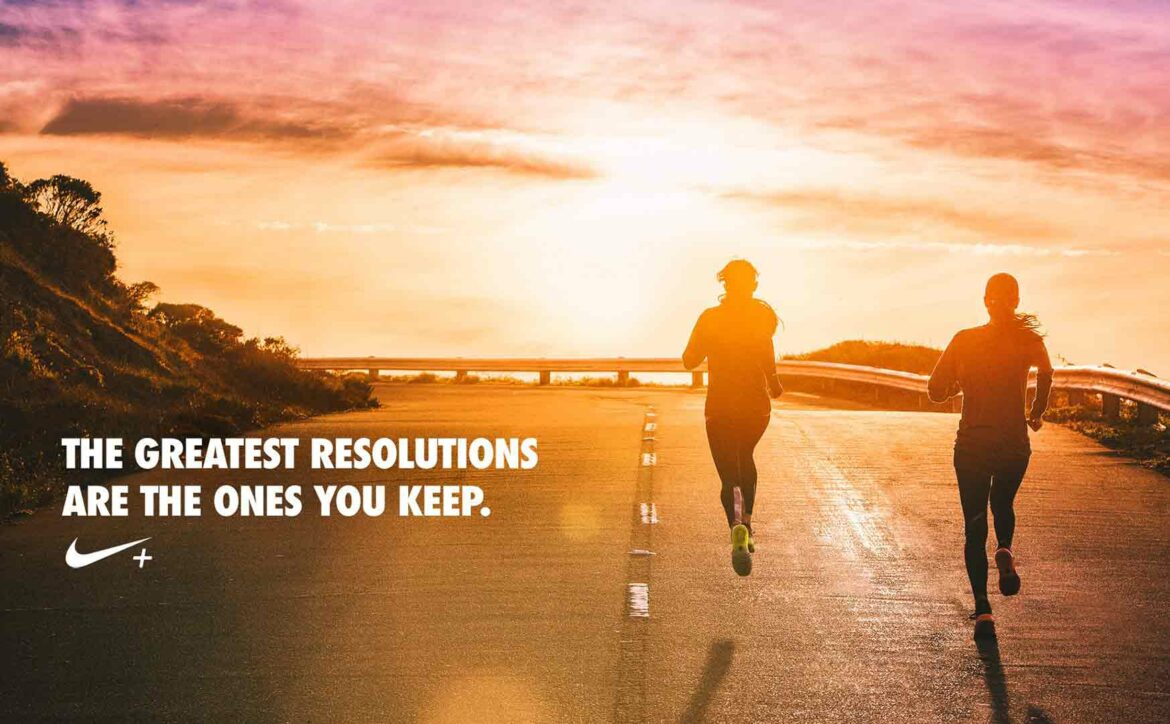
The world’s largest athletic apparel company, Nike uses a Hero archetype and is an ambassador of courage. Hero brands encourage success through hard work and dedication. Nike inspires everyone to rise to the challenge of self-transformation.
They see their work as important and are proud that their work sets them apart. They have a positive effect on the world.
Google – The Sage
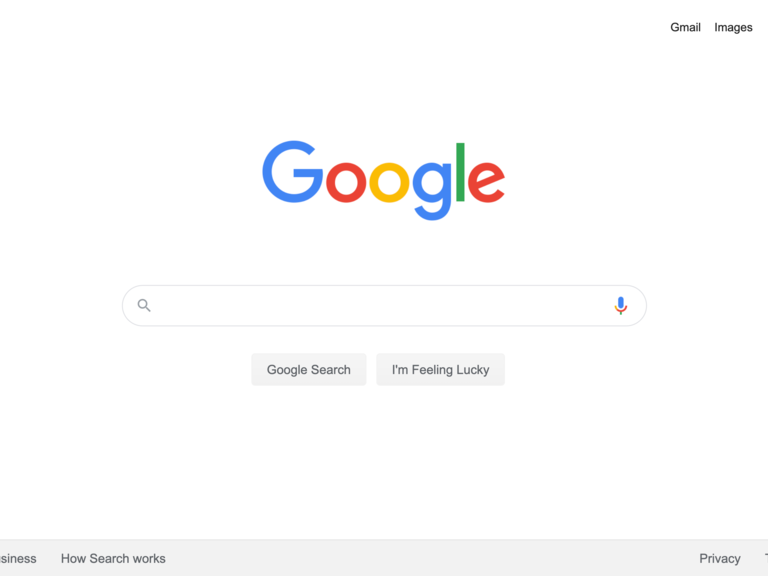
The Sage archetype seeks knowledge and intelligence. Brands with this archetype are often thought, leaders and diligent researchers. Their motivation is to learn how the world works and share it with their followers.
Google’s mission is “to organize the world’s information and make it universally accessible and useful”. To that, Google is a steward of information and their users trust them to make it readily available.
SpaceX – The Explorer
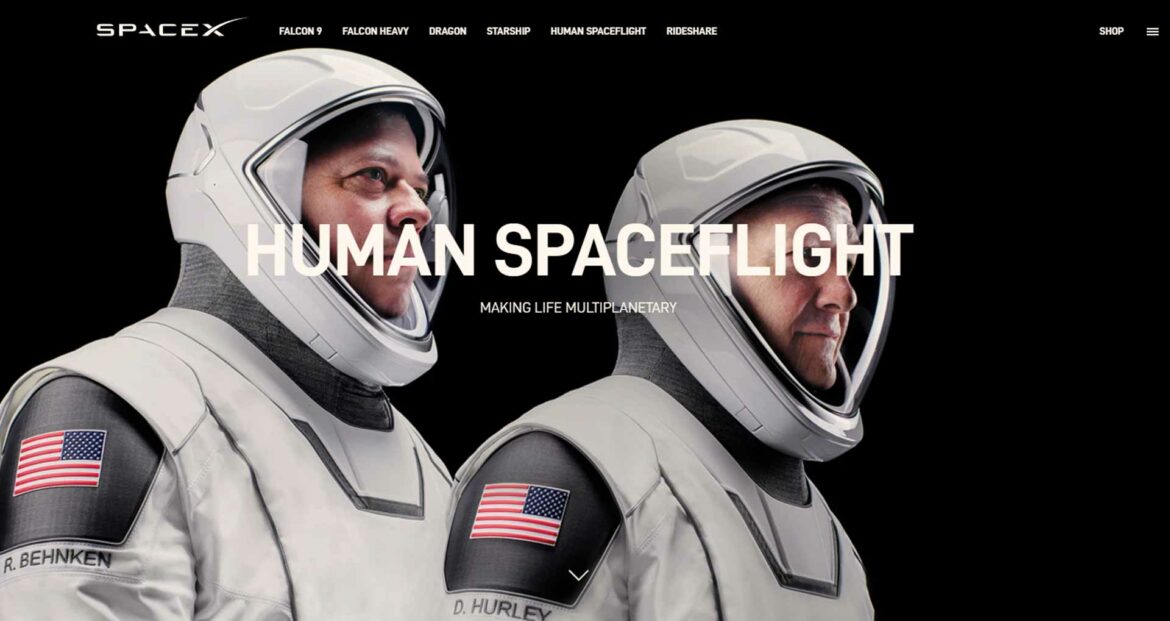
The Explorer brand archetype is about unleashing your curiosity about the unknown. SpaceX is a symbol of exploration and conquering space. The brand has put a new marker on ambition, so much that it has put some distance between itself and NASA.
Given that SpaceX has been breaking space records since 2008, it comes as no surprise they have ambitions to make humanity multi-planetary.
“You want to wake up in the morning and think the future is going to be great – and that’s what being a spacefaring civilization is all about. It’s about believing in the future and thinking that the future will be better than the past. And I can’t think of anything more exciting than going out there and being among the stars.” -Elon Musk, founder & CEO
Coca-cola – The Innocent
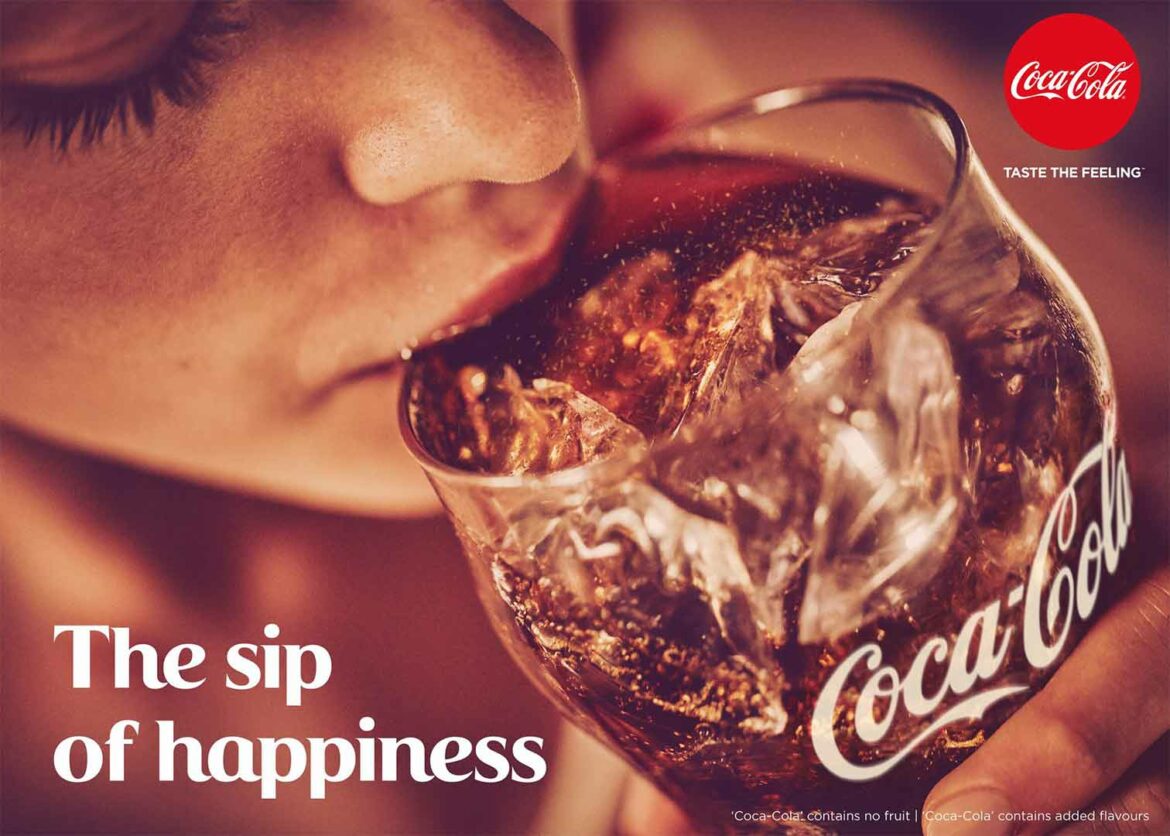
The Innocent archetype wants to live in a world or state of being that is pure, happy, and carefree. A brand with this archetype enjoys spreading that feeling of goodness everywhere they can.
Coca-cola needs no introduction around the world, it seems to always see the glass as half full. From pursuing peace among nations to promoting positive social change in the sports field, the Coke brand is universal.
Coca-cola has been pioneering in its industry and beyond. How we buy and drink beverages, from the 6 pack to the shape of the can and bottle, was inspired by this beverage giant.
Disney – The Magician
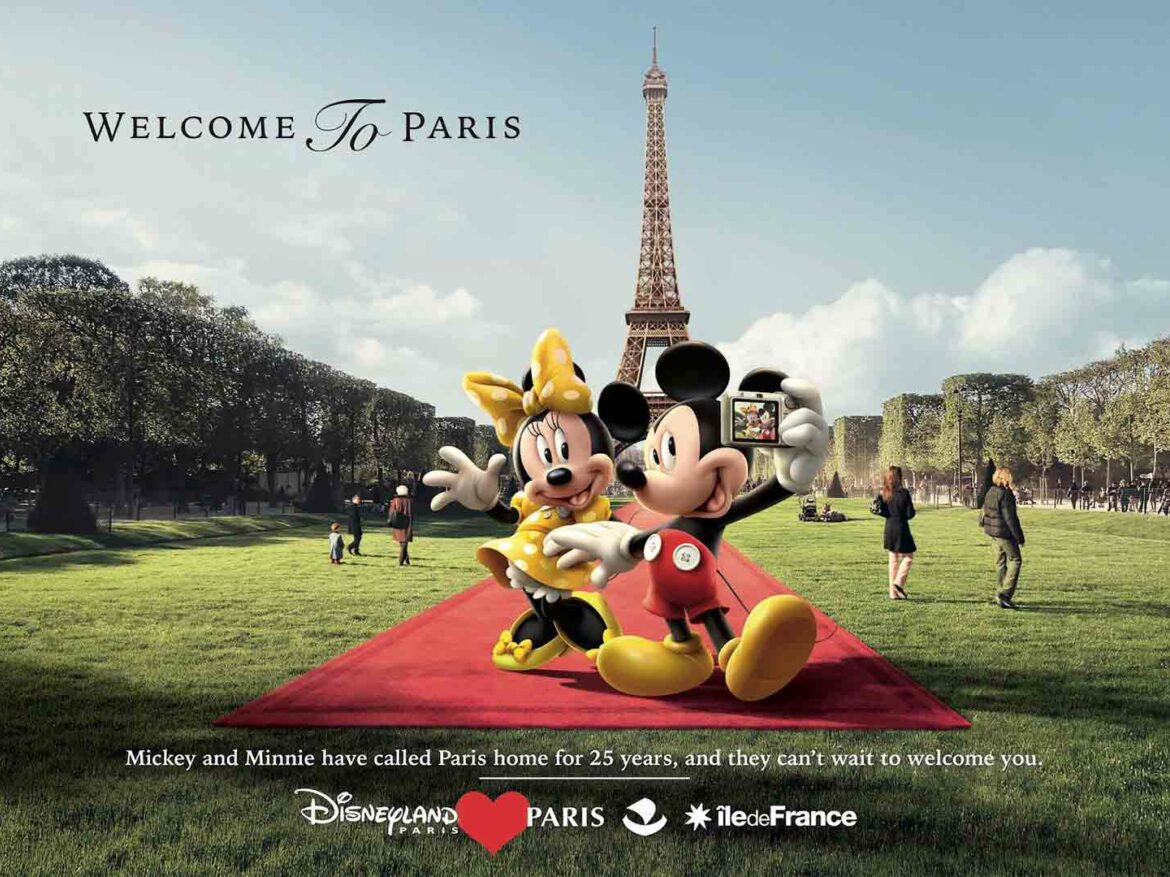
The Magician archetype makes dreams come true by using knowledge of the hidden workings of the universe. Magician brands are transformative and creative; they have an insightful and spiritual sense about the.
Disney is a fairytale world where dreams and imagination come alive. Being one of the biggest media empires the brand reaches different ages. Disney has stayed consistent and relevant with the content they create and distribute around the world.
Over the years Disney has served the magical feeling through numerous characters ranging from television, movies, amusement parks, and products. This brand has innovated and transformed its characters into an experience and built the most magical place on earth with Disneyland.
Mercedes Benz – The Ruler
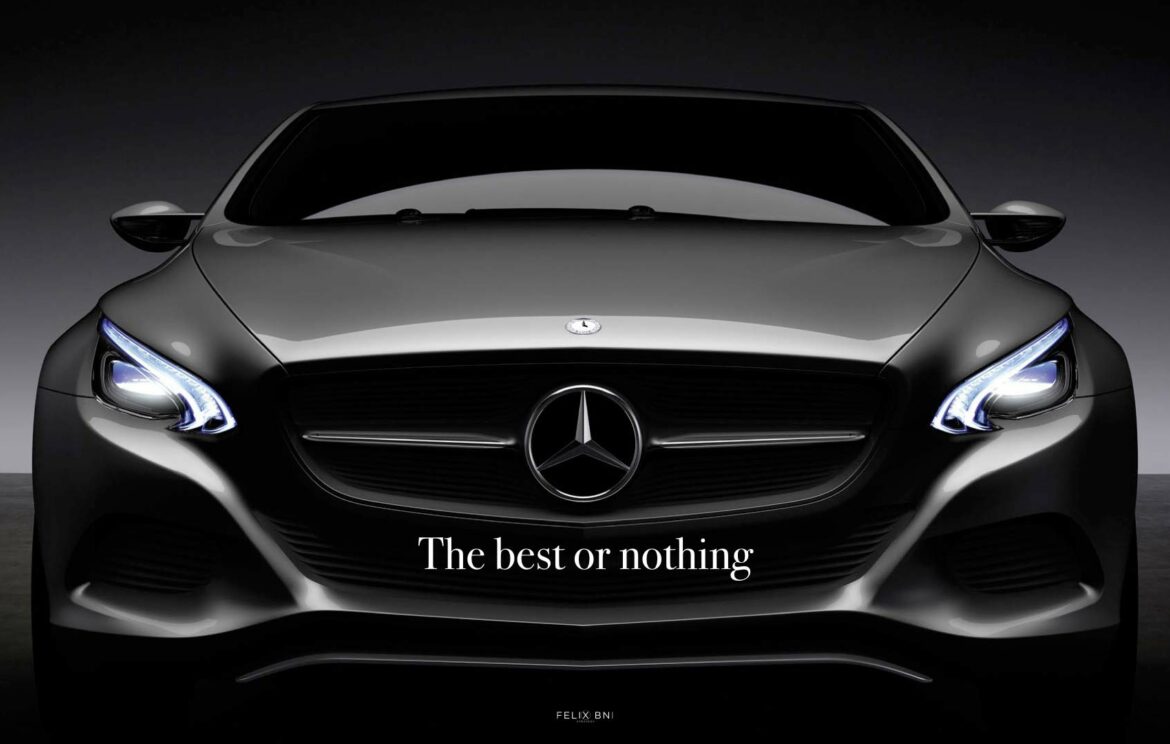
The Ruler archetype has a dominant personality and embodies pure power and control. Ruler brands are a leading force that wants to create a successful company or community.
The Mercedes Benz brand commands respect and possesses traits of leadership and innovation. The brand has been a leader in luxury vehicles for decades and its tagline is “The best or nothing”. This describes how the company sees itself.
They communicate like kings of their industry and seem prepared to aggressively defend their position.
The Key Takeaway
The most powerful way to unlock a brand’s true potential is by identifying and leveraging its archetype. This method of defining a company’s personality is the most useful way to develop and express its values to your audience.
By understanding your brand’s archetype and creating a brand that embodies it, you can build distinct positioning, visual and verbal identity, and a customer experience that is easily recognizable and memorable.
Do you need help developing your brand’s strategy? We can help you differentiate your brand in the marketplace, and craft a customer experience that communicates your values to your target audience.
